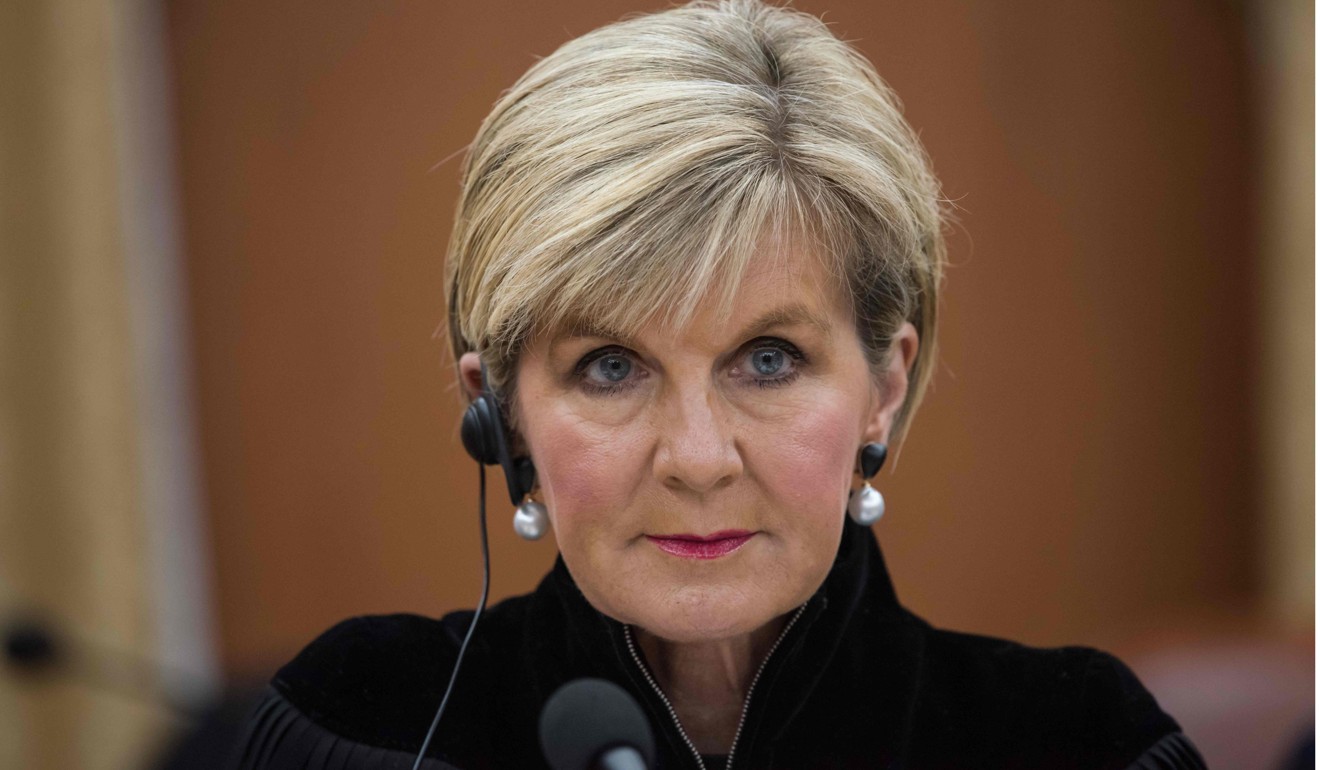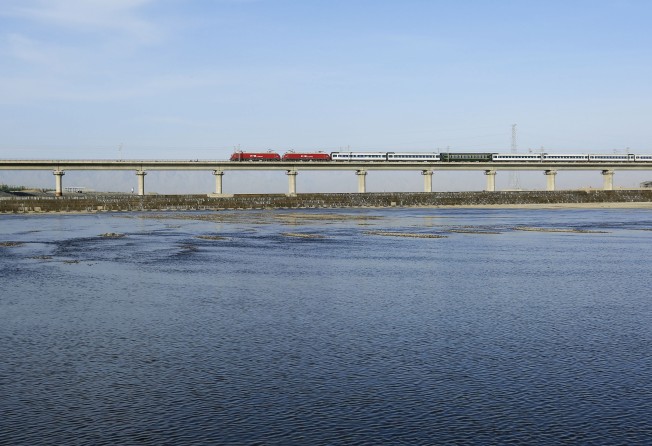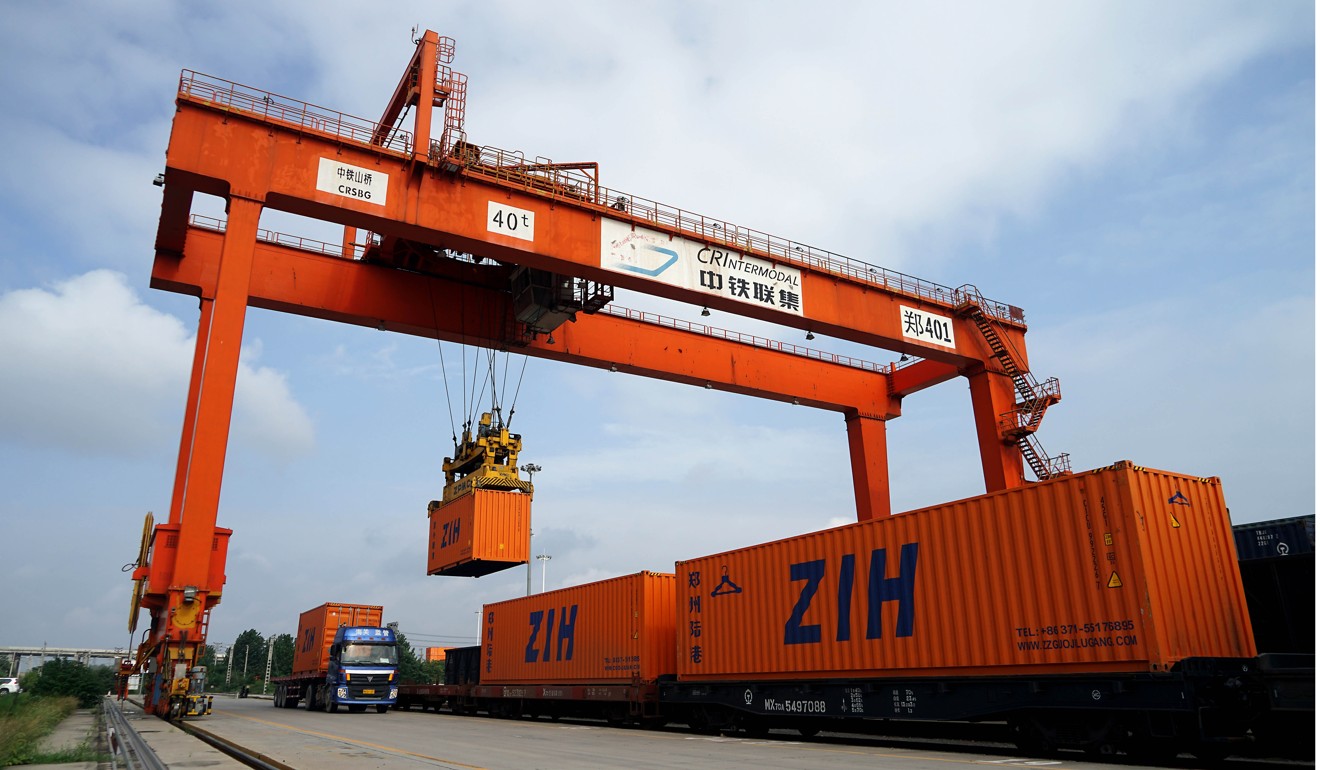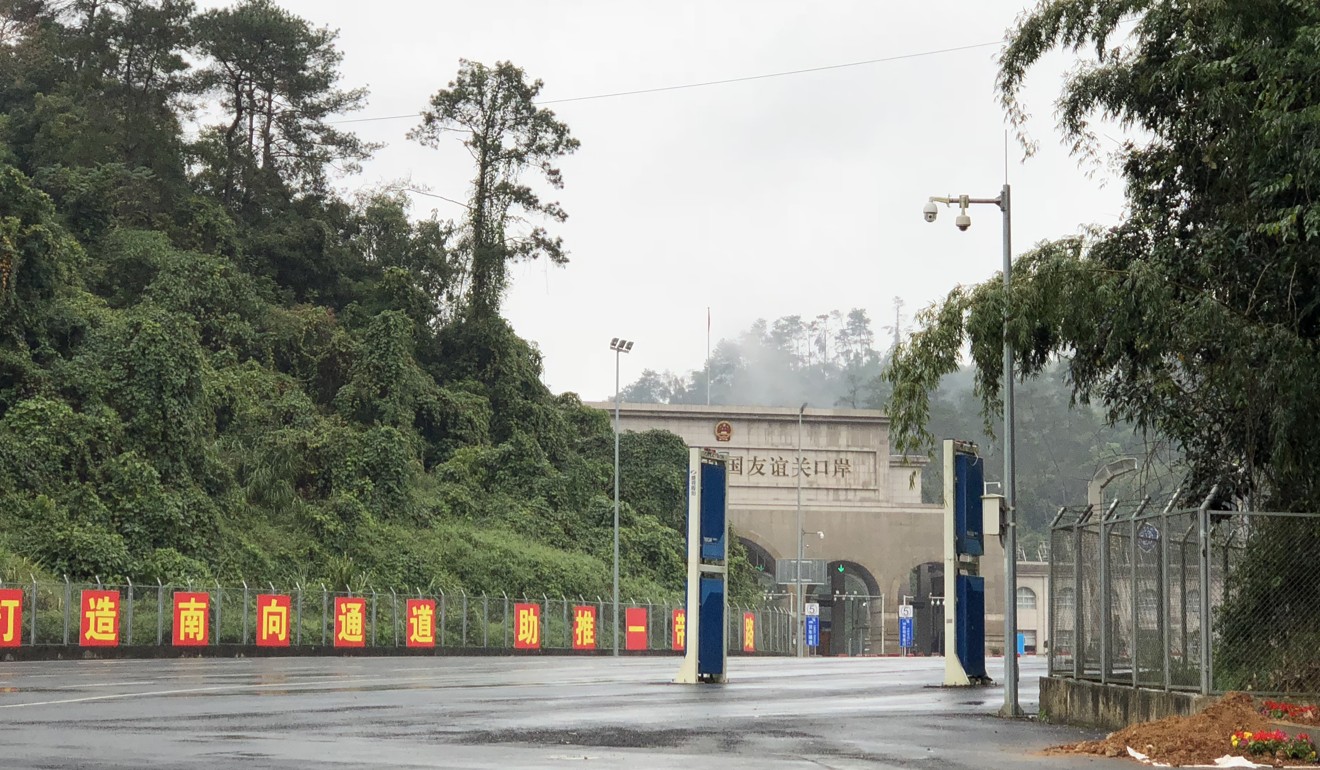
What could be worse than Belt and Road? A copy of Belt and Road
With Australia, the United States, Japan and India joining the fray, it seems the heyday for transportation hubs is well on its way, whether there is yet any economic reason for them or not

Suddenly everyone wants to build roads, bridges, power plants and ports all over Asia. Last Monday, Australian foreign minister Julie Bishop revealed that Australia, the United States, Japan and India have got together to plan a joint infrastructure development scheme for the Asia-Pacific region. “There is an enormous need for infrastructure,” she said.
Commentators immediately flagged the plan as a competitor to China’s “Belt and Road Initiative” to fund and build projects across Asia to Europe, Africa and even South America. Yet both the new plan from the US, Australia, Japan and India – a group known in security circles as “the Quad” – and the criticisms levelled against it have more than a whiff of inconsistency and illogic about them.
Many of the Belt and Road Initiative’s most ardent supporters were quick to condemn the Quad’s move to set up a similar scheme.

And many of the Quad’s backers are sceptical about the merits of China’s efforts. Just last month, Bishop’s colleague, Australian international development minister Concetta Fierravanti-Wells slammed the Chinese infrastructure initiative as “useless”.
These attitudes make little sense. If you believe, as the Belt and Road Initiative’s backers claim, that the scheme is a good thing because it will generate economic benefits by removing development bottlenecks and encouraging trade, then the second one backed by the Quad must also be a good thing.
After all, if what Asia’s economy needs above all is infrastructure – and the Asian Development Bank puts the region’s infrastructure investment needs at US$1.5 trillion a year for the next 13 years – then two infrastructure development schemes must be twice as good as one.
On the other hand, if you believe like Australia’s international development minister that China’s initiative is deeply flawed, then launching a second scheme will just compound the problem.
So who, if anyone, is right?

Clearly, the Asian Development Bank is correct that Asia needs considerable infrastructure investment if the region is to maintain the momentum of its economic growth over the coming decade.
But it would be wrong to assert that Asia is short of infrastructure because the region lacks capital to invest. On the contrary, East Asia’s big economies run capital surpluses. Last year, China made net purchases of US Treasury bonds worth US$126.5 billion. In other words, China had so much hard currency to spare that it lent an additional US$126.5 billion to the US government. Japan, too, exports capital, much of it to the developed world.
So clearly Asia’s infrastructure deficit is not the result of a shortage of capital to invest. Instead the problem is one of capacity. Given enough money and some competent engineers, anyone can build new highways or metro rail lines. The difficulty is building highways and metros that generate a positive economic return.
This might sound crazy. In a region starved of infrastructure, how can a new highway not generate a return? Surely all infrastructure provides an economic boost beyond its straightforward cost of construction? Experience indicates otherwise.
Clearly, some projects generate big economic returns. These are usually the first to get built. So, for example, a high-speed rail link between Beijing and neighbouring Tianjin was an easy project to greenlight; the economic benefits were obvious. But by the time the network is being built out to farther flung corners, Hong Kong, say, or Urumqi, the economic rationale for new lines is much less clear.

The same goes for other types of projects. Consider the YuanMo expressway in China’s Yunnan province. Construction costs overshot heavily. And even years after the project’s completion, toll revenues were just a quarter of the amount originally projected. As a result, one analysis concluded that the project’s costs exceeded its economic benefits more than three times over.
Even metro lines can prove wasteful. After building some 3,000km of new lines in 10 years, last year the Chinese authorities ordered the cancellation of two metro projects in Inner Mongolia on the grounds that they were expensive white elephants.
Many of the international projects backed by the Belt and Road Initiative are likely to prove similarly wasteful. Some already have. For example, the Chinese funded and built port of Hambantota in Sri Lanka, which opened in 2010, generated so little revenue that six years later the Sri Lankan government was forced to conclude a debt-for-equity swap with China to get the liability off its books.

The awkward truth is that while Asia needs infrastructure, much of the region lacks the economic capacity to absorb new projects. While physical capital like a new port or railway can be built in just a few years, building the human and institutional capital that allow that port to contribute effectively to economic and social progress is an altogether slower process.
Trying to force the pace by throwing money at new projects doesn’t work. Building too much too quickly ends up destroying economic value.
Of course, despite the vehement protests of the politicians, no one really believes that either China’s initiative or the Quad’s proposed equivalent are really motivated by economic considerations. They are all about geopolitics.
But that only makes the problem worse. Australia’s international development minister was right. An international geopolitical competition to build infrastructure in Asia will mean that the region is likely end up dotted with useless and economically damaging ports, dams and railways – regardless whether they are funded by China or the Quad. ■
Tom Holland is a former SCMP staffer who has been writing about Asian affairs for more than 20 years